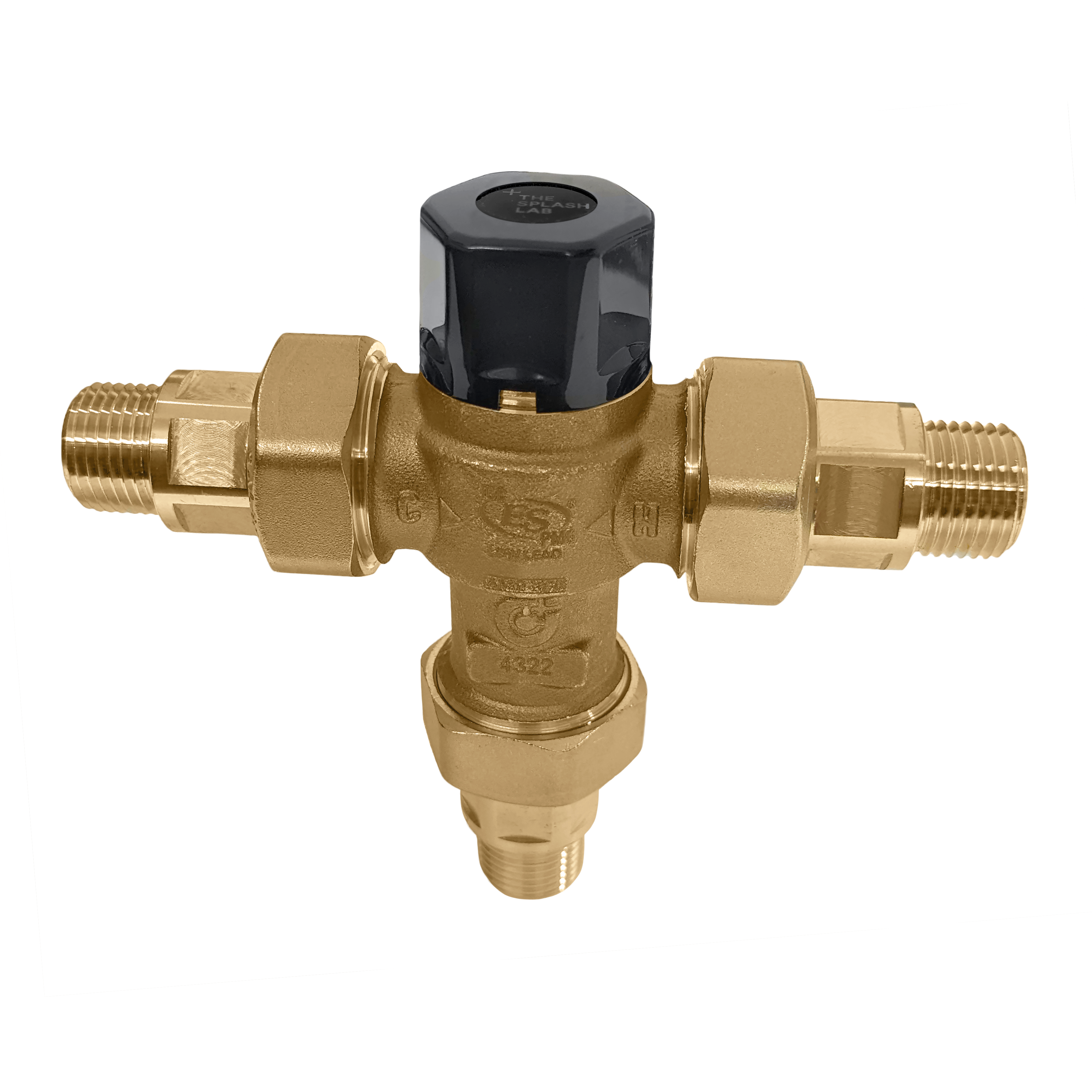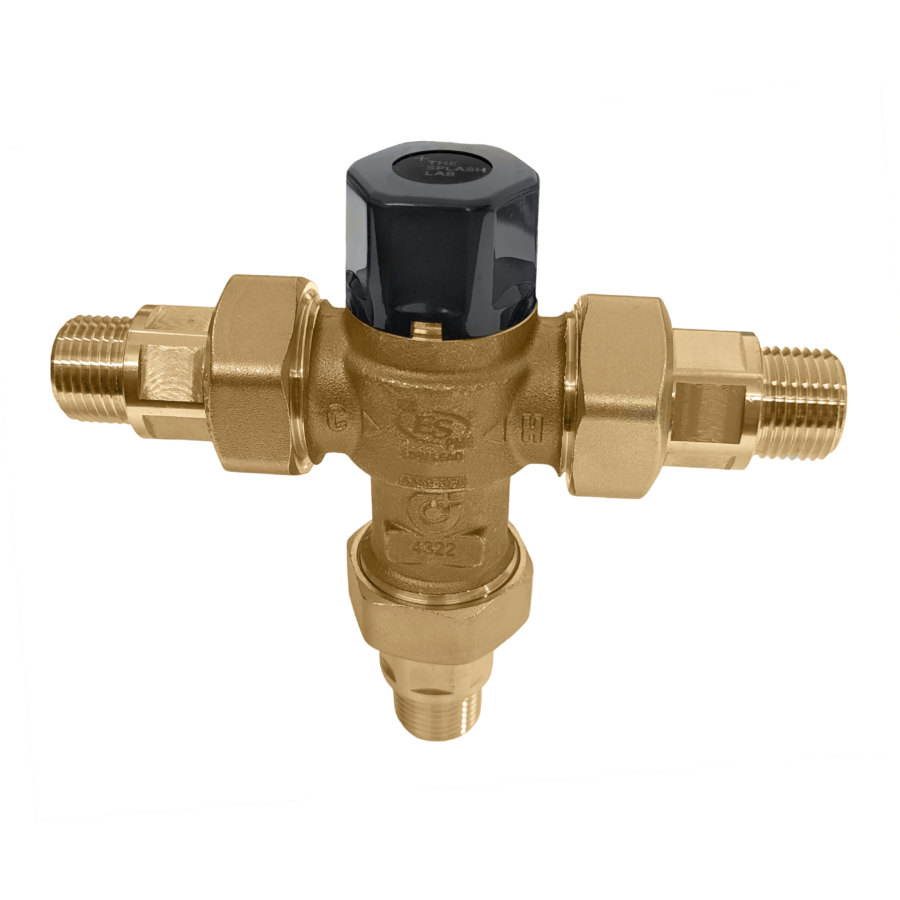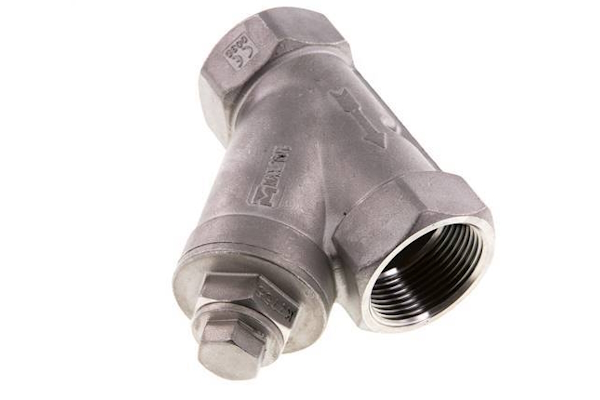Picking the right trap seal primer for your needs - trap primers
YStrainer Valve
Depending on your needs, Y filters can include a variety of end connections, including flanged, threaded and welded. You can also find special flanges, such as ring joints.
YStrainer 1 inch

Y strainers have an arrow from the inlet to the outlet. It is important to install them in this orientation for proper filtration.
MuellerYStrainer
A mesh filter Y strainer cannot function properly without an appropriately sized mesh filter. Two terms describe the size of the openings in the strainer through which debris passes: micron and mesh size. Though these are two different measurements, they describe the same thing.
Nibco lead free Y-strainer
A strainer's mesh size indicates how many openings there are in the mesh across one linear inch. The ratings typically range from a size 3 mesh screen with 6,730 microns to a size 400 mesh screen with 37 microns.
Different kinds of Y strainers on the market are designed to meet various industry needs. Keep the following criteria in mind:
Liquid applications tend to become infiltrated by sand and gravel, and Y strainers can help keep those particles out to ensure the liquid stays clean. Especially when they work in tandem with other water-handling applications, these strainers can protect important (and expensive) equipment from damage, corrosion, or clogs that could result from such contamination.
Select the housing material based on the application's environment. To do this, it's necessary to understand the chemical resistances of the materials.
Any solids entering a system can disrupt and even damage it entirely. Clean fluids can help maximize the reliability and lifespan of any mechanical system. For example, solenoid valves, susceptible to dirt, require clean media. In addition to protecting the performance of solenoid valves, Y strainers also help safeguard other mechanical equipment, including:
A simple Y strainer can protect these components, some of the pipeline's most valuable and expensive parts, from pipe scale, rust, sediment, or other debris.
As its name implies, a Y strainer is shaped like a Y. Its mechanical straining process is possible because of a filter element composed of mesh (the most common type), perforated metal, or a wedge wire straining element. Some strainers also include blow-off valves that make cleaning easier in applications with more substantial dirt.

These strainers are a go-to resource in most steam applications, as their shape is built to handle the high pressure that exists in these environments.
Ystrainer with blowdown valve
It can be difficult to conceptualize microns and mesh size. Therefore, it can be helpful to see examples of the mesh sizes of certain particles, as shown in Table 2.
NIBCO Y-strainer
There is no one-size-fits-all Y strainer that meets every need. That's why it's important to understand the application requirements before selecting a strainer.
WattsStrainers
The material section above mentions several common Y strainer applications. This section offers more. A Y strainer is most valuable in an environment that requires constant protection from debris and contamination. Some of the most common applications are the following.
It's important to take the time to size the mesh filter correctly. A mesh filter that is too small or too large can negatively affect the system. If the filter is too small, there will be a higher pressure drop from inlet to outlet. Additionally, removing too much debris from the flow can clog the filter and increase the pressure drop. If the filter is too large, the performance and life span of the downstream equipment can be negatively affected.
KECKLEYYstrainer
A micron (micrometer) is a unit of length used to measure tiny particles. On a scale of one-thousandth of a millimeter, it is about one 25-thousandth of an inch.
A Y strainer is a type of mechanical filter used in pipelines to remove unwanted solids from liquids, gases, or steam. It is named for its Y-shaped design, which allows it to be installed in either horizontal or vertical pipelines. This type of filter is essential in numerous fluid control applications to ensure that particles within the fluid do not negatively affect any downstream component.

There are various material options for the strainer's housing and seal: brass and stainless steel are commonly used for the housing and PTFE and Teflon are commonly used for the seal.
Natural gas and air applications tend to have a low operating pressure, so proper sizing to reduce a pressure drop from inlet to outlet is important.




 8615510865705
8615510865705 
 8615510865705
8615510865705